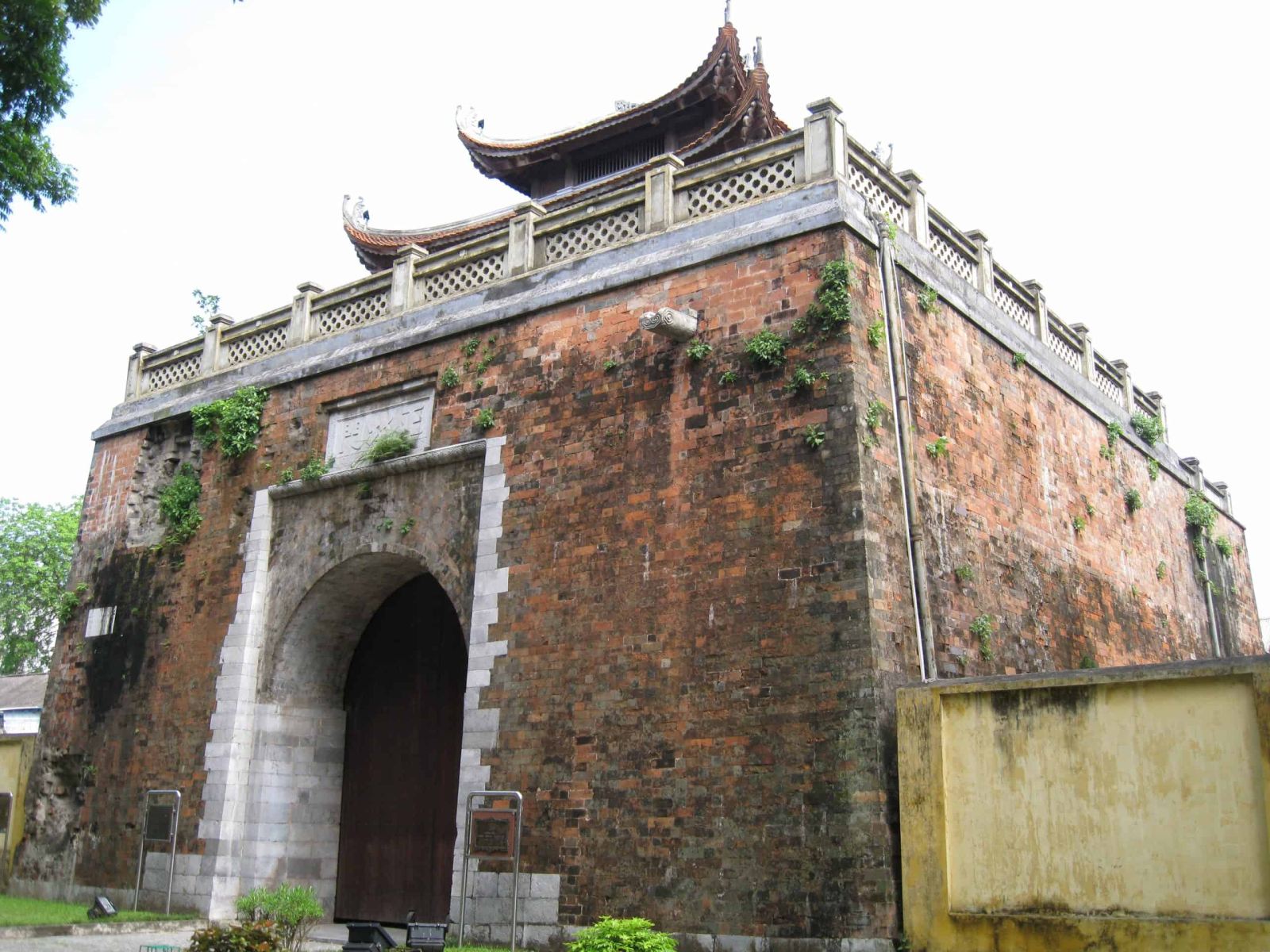The Central Sector of the Imperial Citadel of Thang Long -- Hanoi, located in the heart of the capital of Viet Nam, is the most important and best-preserved part of the ancient Imperial Citadel of Thang Long.
The Thang Long Imperial Citadel was built in the 11th century by the Vietnamese Ly Dynasty, marking the independence of the Đại Việt. It was built on the remains of a Chinese fortress dating from the 7th century, on drained land reclaimed from the Red River Delta in Hanoi. It was the centre of regional political power for almost thirteen centuries without interruption.
The buildings of the Imperial Citadel and the remains in the 18 Hoang Diêu Archaeological Site reflect a unique South-East Asian culture specific to the lower Red River Valley, at the crossroads of influences coming from China in the north and the ancient Kingdom of Champa in the south.
The Imperial Citadel of Thang Long is characterized by its longevity and continuity as a seat of power, evidenced by different archaeological levels and monuments.
Criterion (ii): The Central Sector of the Imperial Citadel of Thang Long - Hanoi bears witness to the meeting of influences coming mainly from China in the north and the Kingdom of Champa in the south. It expresses a set of intercultural exchanges which shaped a unique culture in the lower Red River Valley.
Criterion (iii): The Central Sector of the Imperial Citadel of Thang Long bears witness to the long cultural tradition of the Viêt populations established in the Delta and the lower Red River Valley. It was a continuous seat of power from the 7th century through to the present day.
Criterion (vi): The Imperial Citadel of Thang Long at Hanoi, with its political function and symbolic role, is directly associated with numerous and important cultural and historical events, and leading artistic expressions and moral, philosophical, and religious ideas. The succession of these events marks the formative and development process of an independent nation over more than a thousand years, including the colonial period and the two contemporary Wars of Independence and reunification of Viet Nam.
Integrity
The continuity of its political role is demonstrated by the archaeological elements brought to light and by the later built elements of the Thang Long Citadel. In spite of absent and not always very visible evidence, the conditions of integrity in terms of the architecture, structure and landscaping of the property are acceptable. The very promising archaeological vestiges of the 18 Hoang Diêu site must be completed by a study programme on the scale of the property for confirmation of the archaeological integrity.
Authenticity
The degree of authenticity expressed by the architecture of Thang Long corresponds to buildings of the late 19th and the 20th centuries. Older buildings, dating back to the dynastic periods, notably the Doan Mon Gate and the Hau Lau Palace, have been restored and modified. However, these changes are related to the political history of the property. Over the long historical period of the Citadel of Thang Long, the archaeological authenticity of the property is good, even if expressed by only a small excavation area. The degree of authenticity of the architecture is variable depending on the period examined, being more satisfactory for the contemporary and colonial buildings.
Protection and management requirements
The legal protection of the property is based primarily on two laws: the Law on Cultural Heritage (2001) which ensures the protection of the various recognized moveable and immoveable components of the property, and the Law on Construction for all work and projects. In the event of discordance in the application of these two laws, for example for a proposed project in the territory of the property nominated for inscription, the Law on Heritage Management takes precedent. The legal protection in place is appropriate for the property, but it must be completed and a wider buffer zone should be envisaged.
The management authority is well-defined and already functional: in 2006, the People's Committee of Hanoi entrusted the Co Loa and Thang Long Vestiges Preservation Centre, also called Thang Long Centre, with the responsibility for the management of the property. The general guidelines of the Management Plan are satisfactory, but this Plan must be enacted, and the archaeological studies component should be strengthened and expanded. Furthermore, the capacity building for the personnel involved in the conservation of the property should be enhanced.
